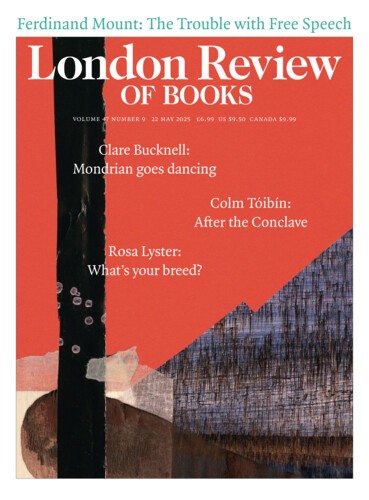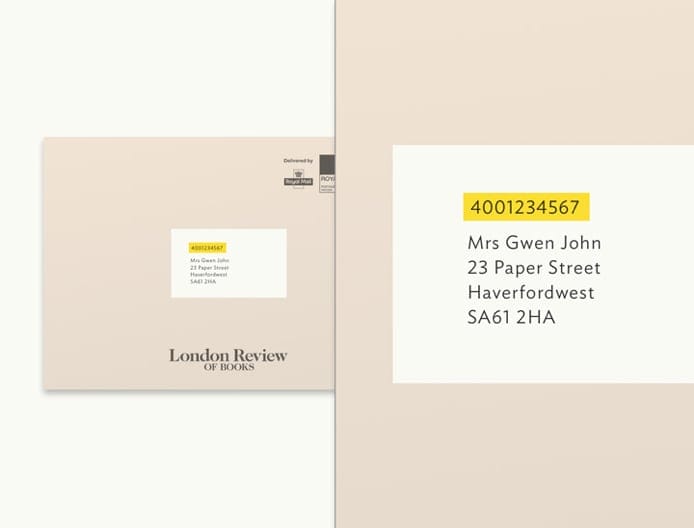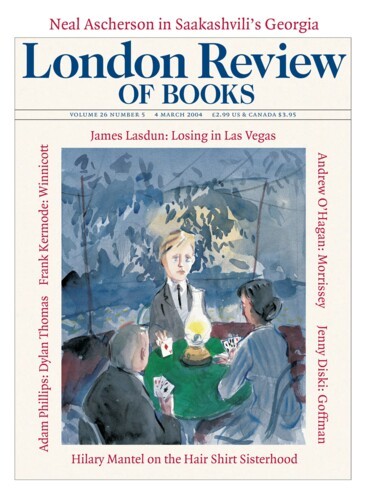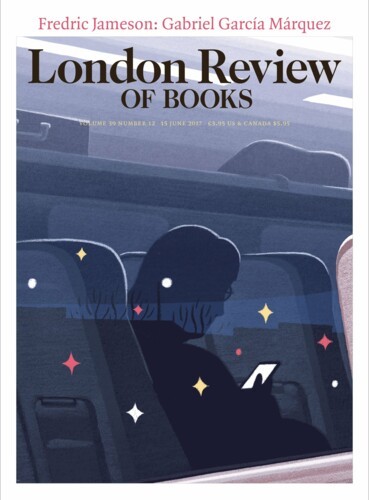The philosophical novel is a well-established genre. Comp. Lit. 102: readings in Dostoevsky, Kafka, Mann, Gide, Sartre (and Martin Amis if time permits); little or no philosophical sophistication required. In the paradigmatic instances, the form is used to show how things look when viewed from the perspective of some or other philosophical assumptions, the philosophy itself being exemplified rather than propounded. What’s hard to imagine is a novel (as opposed to, say, a myth, fable or allegory) that is the exposition of a philosophical theory. No successful examples come to mind. If there were one, it would seem a sort of trick, like novels that encode chess games, or leave out the letter e. It would fill, as they say, a much needed gap. This isn’t surprising. For one thing, practically by definition, theories traffic in abstractions; they purport to see where the eye does not. Novels, by contrast, tend to be concerned with the surfaces of things; in particular, with how the surface of behaviour can reflect, exhibit, shape, express or stand for an underlying geography of emotions and motivations. So, in one of Henry James’s novels, much is revealed when the heroine, out of character, overfills a cup of tea.
Philosophical theories are worse candidates than most for novelistic treatment. The whole function of a philosophy is to be argued with, pro or con, and it is churlish to argue with a novel: ‘Call me Ishmael.’ I won’t! ‘About two in the morning he returned to his study.’ In fact, it was nearer 3.15. You can’t talk back to a novel: ‘What’s that supposed to mean?’ and ‘Why should I believe that?’ are out of place. But these are the queries that philosophers want to test their theories on; not just because philosophers are churlish by profession, but also because theories to which such questions aren’t posed can get away with murder.
So the prospects for a novel of philosophical exposition aren’t promising. That, however, is what Dan Lloyd has written in Radiant Cool. Or rather, Lloyd supplies both the novel and a commentary; the latter is supposed to fill in aspects of his philosophical psychology that the former only partially articulates. The intention is that if you put the fiction and the philosophy together, you get a theory of consciousness that integrates phenomenology with connectionist nets, semantic dimensions, fMRI data and a lot of trendy cognitive science. It’s an awful lot to put between two covers and, unsurprisingly, it doesn’t work. But I don’t propose to argue that here. The discussion in Part 2 is, to a considerable extent, technical; and anyhow, the upshot is a bit of a let down. ‘It’s not clear whether having these equations would lead to a satisfying understanding of consciousness. They are simply too complicated to be grasped.’ I’ll stick to the novel.
Here’s the plot, so far as I can make out. Philosophy professor Max Grue is (or isn’t) discovered dead at his desk by his graduate student Miranda Sharpe. (‘Grue’ as in Nelson Goodman’s famous puzzle about induction; Miranda as in ‘O brave new world’; ‘Sharpe’ approximately as in Becky. Lloyd thinks it’s amusing to salt his text with references that professional philosophers are expected to catch. It’s as though a plumber were to write a novel in which he names his protagonist Mr Flush, thereby exhibiting his bona fides.) Professor Grue is (or was) a philosopher of the phenomenological persuasion. I’ve never been quite sure, but I think phenomenology wants to describe consciousness as it is in itself, experience as experienced; hence prior to the corrections and distortions that the intellect imposes. I’m uncertain what the point of this programme might be, and I doubt very much that it can be carried out. Suffice it to say that everybody in Lloyd’s novel is worried about consciousness in one way or another; some of the characters even describe themselves as ‘consciousness scientists’. Professor Grue holds that ‘until consciousness is fully mapped, no theory of what it is made of can fly
Send Letters To:
The Editor
London Review of Books,
28 Little Russell Street
London, WC1A 2HN
letters@lrb.co.uk
Please include name, address, and a telephone number.



